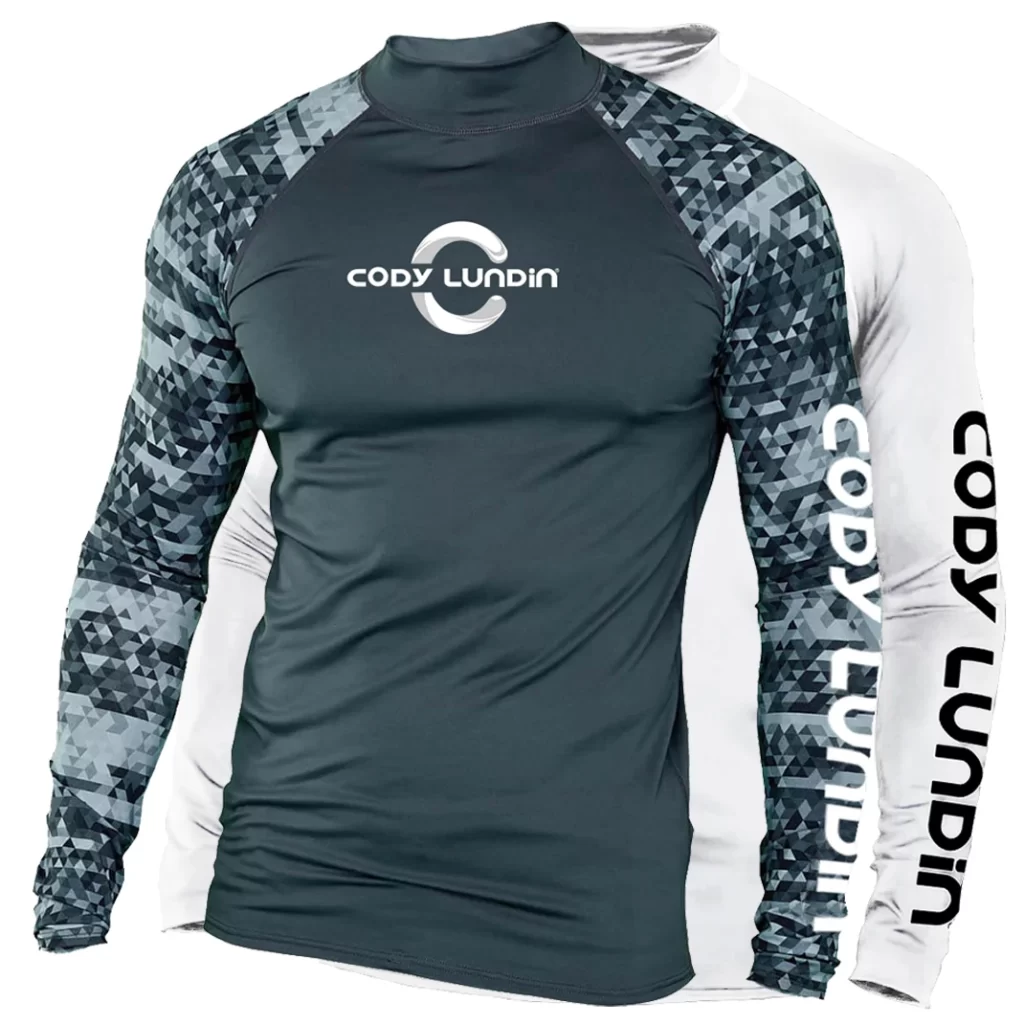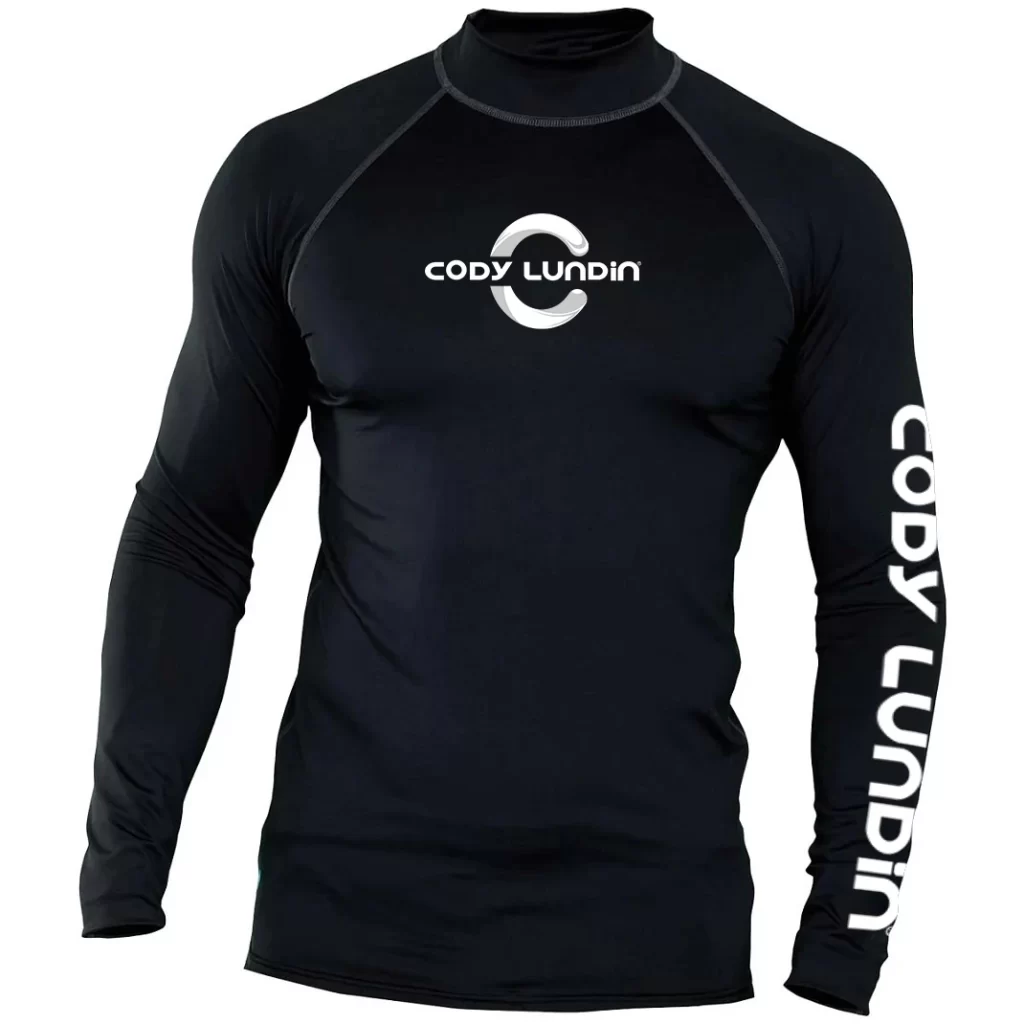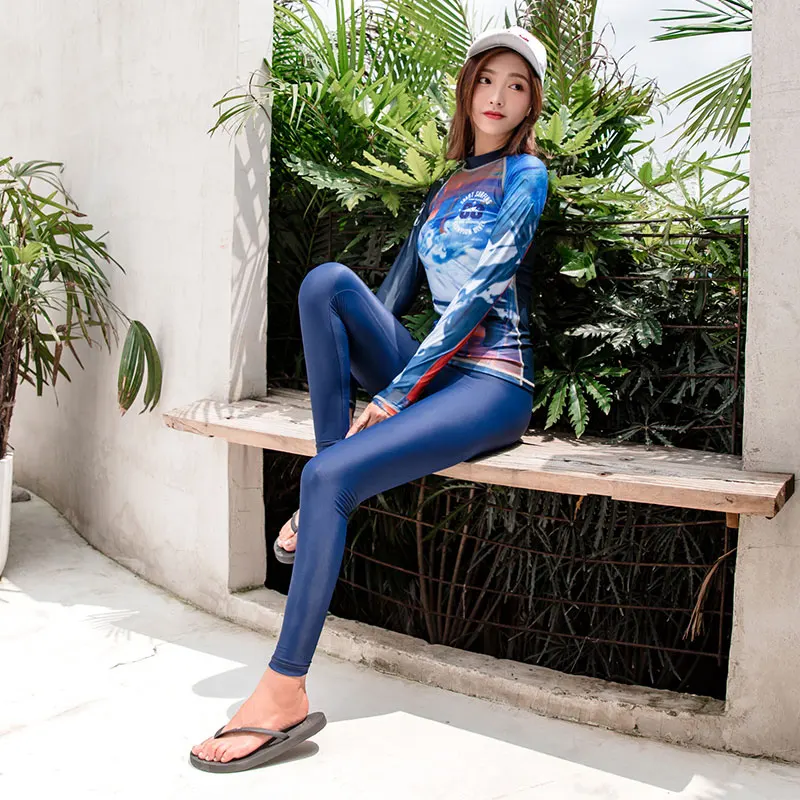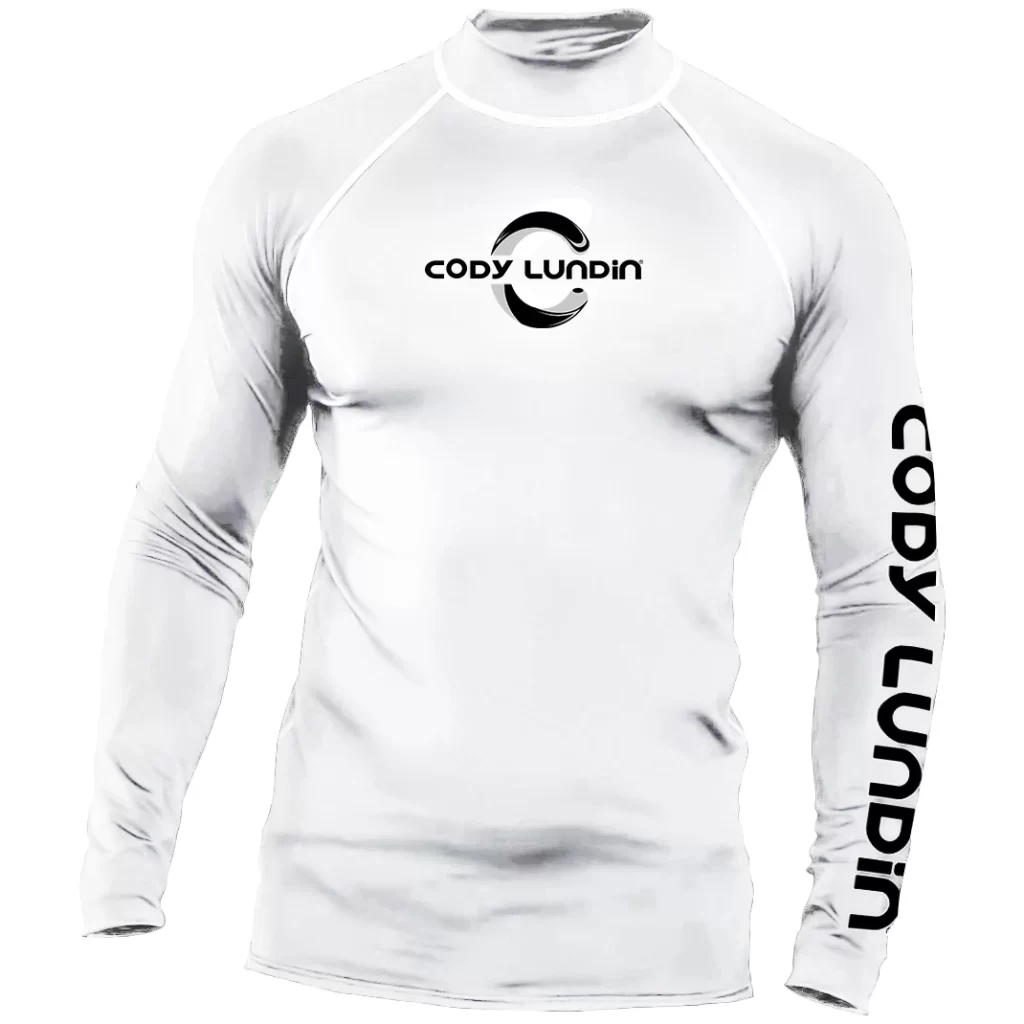Swimming shirts have become essential gear for anyone spending time in or near the water. Also known as swim tops, rash guards, or sun protection shirts, these garments offer more than just modesty. They shield skin from harmful UV rays, reduce chafing, and provide comfort during long hours of activity. Whether you’re swimming, surfing, paddleboarding, or lounging on the beach, swimming shirts deliver practical benefits that regular clothing can’t match.
Unlike cotton t-shirts, swimming shirts are made from quick-drying, stretchy fabrics like nylon, polyester, and spandex blends. These materials resist chlorine, saltwater, and sun damage. They also maintain their shape after repeated use. Many feature flatlock seams to prevent irritation. Some include built-in UPF 50+ protection. This blocks over 98% of ultraviolet radiation.
Available in various styles—long sleeve, short sleeve, zip-front, tank, and hooded—swimming shirts suit all ages and preferences. Men, women, and children wear them for recreation, sport, and medical reasons. People with sensitive skin or conditions like melasma rely on them daily. Parents use them to protect kids during pool play.
Brands like Speedo, TYR, Columbia, and O’Neill lead the market. Their designs balance function and fashion. Bright colors, patterns, and sleek cuts appeal to modern tastes. Performance models support athletes. Casual versions fit resort wear.
In this guide, we’ll explore types, materials, benefits, and how to choose the best swimming shirts for your needs. You’ll learn care tips, styling ideas, and why this simple garment is a smart addition to any water-ready wardrobe.
 Why Swim Shirts Are Better Than Regular T-Shirts at the Beach
Why Swim Shirts Are Better Than Regular T-Shirts at the Beach
Regular cotton t-shirts may seem fine for beach days. However, they fall short compared to swimming shirts. Cotton absorbs water quickly. It becomes heavy, clingy, and uncomfortable. Worse, wet cotton offers almost no UV protection. In fact, its SPF drops when damp.
Swimming shirts, in contrast, dry fast. They stay lightweight even when soaked. This reduces drag while swimming. Movement remains unrestricted. You won’t feel weighed down or restricted.
Additionally, cotton breaks down under sun and chlorine. It fades and stretches out. Swimming shirts resist both. Their fibers are engineered for aquatic environments. Color stays vibrant longer.
Chafing is another issue. Wet cotton rubs against skin. This causes redness and discomfort. Swimming shirts use smooth, seamless construction. They glide over the body without friction.
UPF ratings make a big difference. Most swimming shirts carry UPF 50+. This means only 1/50th of UV radiation reaches your skin. No sunscreen can guarantee that level of consistent coverage.
Moreover, swimming shirts don’t need frequent reapplication. Sunscreen wears off. It requires reapplying every two hours. A swimming shirt works continuously. Just put it on and go.
For safety, comfort, and durability, swimming shirts outperform cotton every time.
Types of Swim Shirts and Their Best Uses
Swimming shirts come in many styles. Each serves different activities and preferences. Long-sleeve shirts offer maximum sun protection. Ideal for extended outdoor exposure. Perfect for sailing, snorkeling, or hiking near water.
Short-sleeve models balance coverage and breathability. Great for casual beach trips. Suitable for kids playing in shallow water. They allow arm movement without overheating.
Zip-front designs add convenience. Full-length zippers make dressing easier. Especially helpful for seniors or those with mobility issues. Zips also let you adjust ventilation mid-activity.
Tank-style swimming shirts suit warm climates. They cover shoulders and torso. Allow full range of motion. Popular among swimmers and triathletes.
Hooded versions provide facial protection. Hoods shield ears, neck, and nape. Essential for people prone to sunburn. Often used by surfers and open-water swimmers.
Rash guards focus on performance. Tight-fitting and compressive. Prevent abrasion from surfboards or wetsuits. Common in watersports like wakeboarding and kayaking.
Modest swim tops cater to cultural or religious needs. Cover arms, chest, and back. Pair with swim leggings or burkinis. Offer dignity and protection.
Some include thumbholes. These keep sleeves in place. Prevent riding up during activity. Others have mesh panels for airflow.
Choose based on your environment and purpose. One size doesn’t fit all.
 Materials Used in High-Quality Swim Shirts
Materials Used in High-Quality Swim Shirts
The fabric defines a swimming shirt’s performance. Most use nylon-spandex or polyester-spandex blends. These materials stretch and recover well. They resist pilling and fading. Chlorine-resistant versions last longer in pools.
Nylon offers softness and strength. It dries quickly. Holds color better than other synthetics. Often blended with 10–20% spandex for flexibility. Smooth texture prevents chafing.
Polyester is durable and affordable. Resists UV degradation. Performs well in saltwater. Recycled polyester reduces environmental impact. Brands like Patagonia use eco-friendly options.
Spandex adds stretch. Even 5% improves fit and comfort. Allows freedom of movement. Returns to shape after each wear.
Some brands use PBT (polybutylene terephthalate). This fiber resists chlorine better than Lycra. Holds elasticity longer. Found in competitive swimwear.
Lining varies too. Mesh linings improve breathability. Fused linings add structure. Unlined versions are lighter but may be sheer when wet.
Flatlock stitching reduces irritation. Seams lie flat against the skin. Avoid bulky seams that rub. Seamless knitting is even smoother.
Tight weaves block UV rays. Loose knits allow some light through. Always check UPF certification. Look for tags stating UPF 50+.
Avoid cotton blends. They absorb water and lose protection. Stick to technical fabrics designed for aquatic use.
Benefits of Wearing Swim Shirts for All Ages
Swimming shirts offer advantages for everyone. Children benefit most. Their skin is more sensitive to UV rays. Parents use them as part of daily sun safety. No need to reapply sunscreen constantly.
Teens appreciate style and confidence. Rash guards come in trendy prints and colors. They avoid tan lines. Feel secure during active water play.
Adults value health and convenience. UPF protection lowers skin cancer risk. Swimming shirts reduce reliance on sunscreen. Less chemical exposure means healthier skin.
Seniors gain comfort and safety. Thinner skin burns easily. Swimming shirts prevent painful sun damage. Easy-on styles help those with arthritis or limited mobility.
Athletes rely on performance features. Compression supports muscles. Reduced drag improves speed. Moisture-wicking keeps them cool.
People with medical conditions find relief. Those with lupus, eczema, or melanoma use them daily. They provide a physical barrier. Reduce flare-ups caused by sun exposure.
Surfers, divers, and sailors wear them for practicality. Protection from jellyfish, coral, and board rash matters. Long sleeves prevent scrapes.
Even casual users enjoy peace of mind. One layer provides lasting defense. No forgetting to reapply. No sticky sunscreen mess.
These benefits make swimming shirts a smart choice across generations.
 How to Choose the Right Fit and Size
How to Choose the Right Fit and Size
Finding the right fit ensures comfort and protection. Start by checking size charts. Sizing varies between brands. Measure chest, waist, and hips. Compare to manufacturer guidelines.
Snug fits work best. Swimming shirts should hug the body without squeezing. Too loose increases drag. Too tight restricts breathing.
Compression styles feel tighter. Designed for athletic performance. Allow full motion. Don’t cut off circulation.
Consider length. Longer hems stay in place during movement. Shorter ones may ride up. Decide based on activity and preference.
Sleeve length affects protection. Long sleeves cover forearms. Short sleeves stop above elbows. Tanks expose shoulders. Choose based on sun intensity.
Try before buying if possible. Move your arms overhead. Bend forward. Sit down. Check for pulling or gaps.
Women’s cuts follow body curves. Men’s styles are boxier. Unisex options exist. Read product descriptions carefully.
If between sizes, size up for casual wear. Size down for performance. Stretch allows some adjustment.
Always wash before first use. Fabrics may shrink slightly. Follow care instructions.
A good fit feels secure and natural. You forget you’re wearing it.
Top Brands Offering Reliable Swim Shirts
Several brands lead in quality and innovation. Speedo focuses on performance. Their Endurance+ line resists chlorine. Ideal for lap swimmers. Streamlined cuts reduce drag.
TYR offers athletic and stylish options. Fitted silhouettes suit training. Bold colors and prints stand out. Built-in UPF 50+ protection included.
Columbia makes outdoor-focused swim shirts. Their Silver Series uses Omni-Shade technology. Blocks UV rays effectively. Great for fishing and hiking.
O’Neill specializes in surf apparel. Hyperfreak rash guards are popular. Lightweight and quick-drying. Flatlock seams prevent chafing. Used by professionals worldwide.
Patagonia emphasizes sustainability. Uses recycled materials. Fair Trade certified sewing. Rapanui line combines eco-values with performance.
Coolibar offers medical-grade sun protection. UPF 50+ guaranteed. Designed for sensitive skin. Trusted by dermatologists.
Nike and Adidas produce sporty, urban styles. Blend swim function with streetwear trends. Zip-front models suit active lifestyles.
iPlay caters to families. Affordable kids’ sets. Fun patterns and bright colors. Mix-and-match with swim trunks and suits.
Each brand has strengths. Choose based on your priorities—sport, sun safety, or sustainability.
Care Tips to Extend the Life of Your Swim Shirts
Proper care keeps swimming shirts effective and comfortable. Rinse after each use. Salt, chlorine, and sand degrade fabric. Freshwater removes residues.
Wash regularly. Use cold water and mild detergent. Avoid bleach and fabric softeners. They break down elastic fibers.
Turn shirts inside out before washing. This protects outer surfaces. Wash with similar colors. Don’t overload the machine.
Air dry whenever possible. Heat damages spandex. Hang in shade to prevent fading. Never tumble dry.
Ironing is not needed. These fabrics resist wrinkles. If necessary, use low heat with a cloth barrier.
Store in a cool, dry place. Avoid damp areas. Mildew can form. Fold neatly or hang.
Avoid rough surfaces. Concrete, rocks, or sharp boards cause snags. Be mindful during entry and exit.
Inspect seams and zippers monthly. Repair small tears early. Replace worn zippers if needed.
With proper care, swimming shirts last for years. They remain protective and comfortable.
 Frequently Asked Questions
Frequently Asked Questions
Can I wear swimming shirts in a pool?
Yes. Most are chlorine-resistant. They perform well in treated water.
Do they really block the sun?
Yes. UPF 50+ blocks 98% of UV rays. More reliable than sunscreen.
Are they suitable for toddlers?
Absolutely. Many brands offer infant and toddler sizes. Easy to put on and remove.
Can I swim laps in a swimming shirt?
Yes. Competitive models are designed for endurance swimming.
Do they replace sunscreen?
They reduce the need. Apply sunscreen to exposed areas like face and legs.
How do I know if it fits well?
It should feel snug but not tight. Movement should be unrestricted.
Can men wear women’s styles?
Sometimes. But cuts differ. Stick to gender-specific sizing for best fit.
Are eco-friendly options available?
Yes. Brands like Patagonia use recycled materials and ethical production.
 Final Thoughts on the Value of Swim Shirts
Final Thoughts on the Value of Swim Shirts
Swimming shirts are more than just accessories—they are essential tools for safe, enjoyable water activities. Whether you’re protecting delicate skin, enhancing athletic performance, or simply staying comfortable, swimming shirts deliver real benefits. Their advanced fabrics, thoughtful designs, and wide availability make them a must-have.
They bridge the gap between swimwear and outerwear. Function meets fashion. Protection meets ease. From beaches to lakes, pools to boats, swimming shirts adapt to every environment.
More importantly, they promote long-term health. Daily UV exposure adds up. Skin cancer rates continue to rise. A simple layer can make a powerful difference.
So when planning your next water adventure, don’t forget your swimming shirts. Pack one for every member of the family. Choose styles that match your lifestyle. Then enjoy the waves, sun, and spray—knowing you’re covered in more ways than one